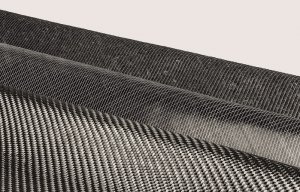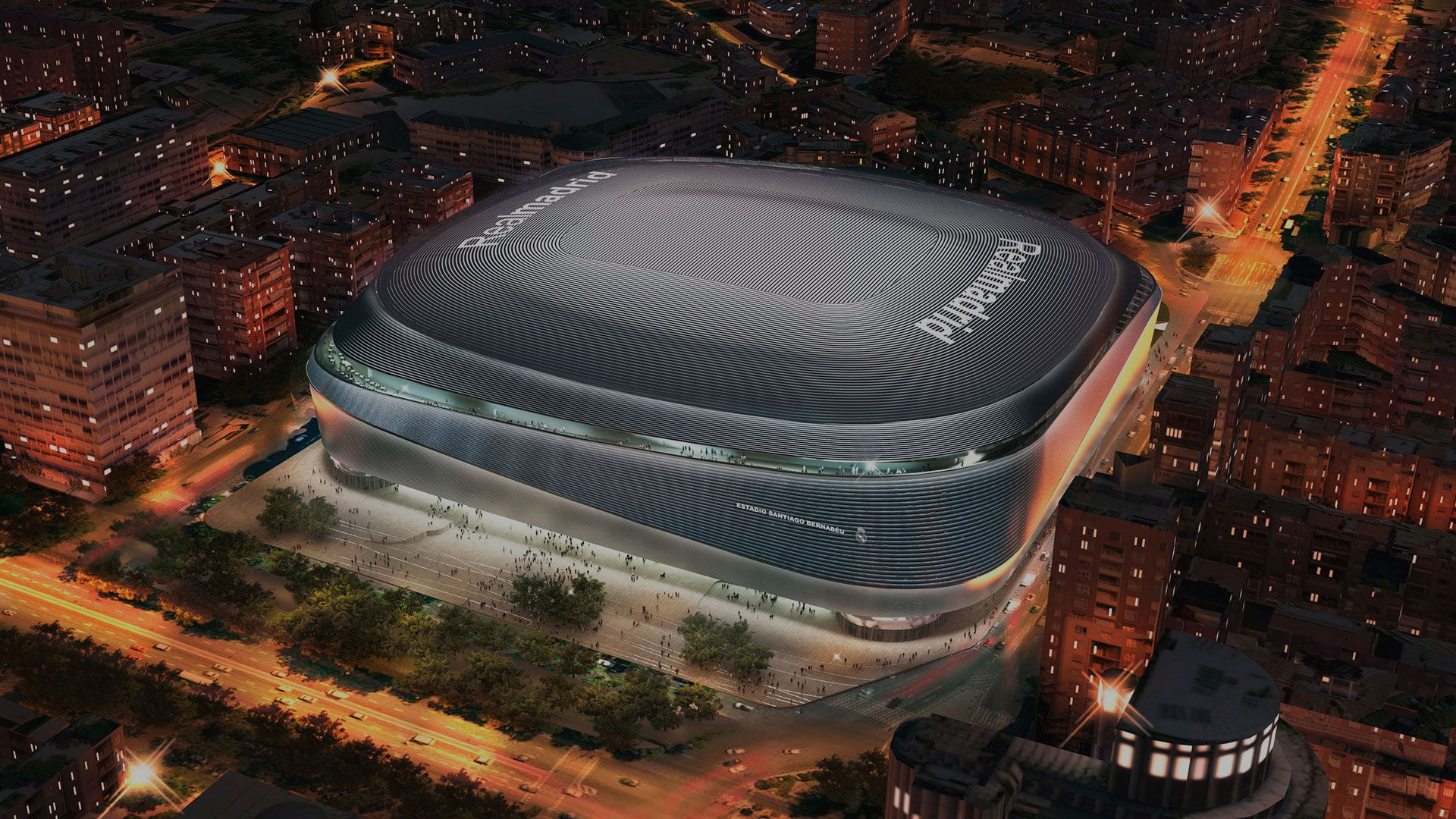
SGL Carbon enters partnership with NCC
Work on recent Spanish landmarks stems from long pedigree in resin infusion projects.

29th April 2024
Innovation in Textiles
|
Madrid, Spain
The retractable roof of Real Madrid’s Santiago Bernabéu Stadium is just one of the notable Spanish projects MEL Composites has been involved in, following on naturally from the company’s supply of roofing components for Atletico Madrid’s Metropolitano Stadium which was completed in 2017.
Other notable MEL architectural projects have included work on the composite staircase of the Iberdrola Tower in Bilbao and the façade of Barcelona’s Gabriel Garcia Marquez library.
“We like to be involved in a project from the very beginning as a plan is taking shape, because we are in a good position to advise on the most suitable materials and processes for each individual job,” says MEL CEO and CTO Eduardo Galofré, who founded the company in 1994. “Our team can help at all stages of a project, from the initial design concept to highly optimised mass production. We have a long history in naval and marine design, composite engineering and the application of advanced materials in structural applications.”

Extensive stock
Having recently doubled its employees in response to market demand, MEL is firstly well positioned as a supplier of materials, keeping more than 1,500 separate items in stock, including cores, fibres, resins, adhesives, consumables and the equipment for composite processes such as RTM, vacuum bagging and infusion. Complete kitting services are also provided for individual projects.
“Our kitting customers are very varied and include companies in the marine, wind energy and automotive industries who take kitted core, fabrics and consumables that match their production requirements. Other kits are supplied for one off projects where we might work with a customer to pre-cut foam, fabrics and consumables to ensure they only get exactly the materials they need and no waste is delivered.”
Infusion know-how
Mel’s technical support, however, extends far beyond that of just being a materials supplier, Galofré stresses.
“We have many years’ experience in the large-scale resin infusion of structures such as hull and deck components over 30 metres in length and have consistently optimised our approach,” he explains. This demands a sound knowledge of the principles of vacuum infusion to ensure the optimum and most economic parameters for success. It’s about obtaining the correct combination of resin viscosity, gel time and infusion requirements based on the permeability of the materials involved. It goes without saying that excellent preparation of the tooling is an essential part of the mix, which is why we go on site to check it and ensure that everything is working well.”
MEL will also check for leaks around split mould seals and can even advise at the tool design stage as to what will best work in practice. Ensuring the client’s vacuum bag and additional equipment such as pipes and connectors can’t leak is also important.
MEL Composites infusions distinguish themselves by having a considerably lower number of tubes compared to those that can be found in other processes, Galofré adds.
“Not only does this have a significant impact on cost reduction, but it also contributes to a safer and cleaner process. We can typically infuse 30-metre structures with over two tons of resin, using just eight inlet tubes. We also fully control the flow during the infusion process and to avoid “race-tracking”, where resin rushes through the system and can result in dry patches.”

Santiago Bernabéu
The Santiago Bernabéu Stadium roof project was the winner of the JEC World 2023 Building and Construction Award for Nanotures, of Cadiz, Spain, and in addition to MEL Composites, partners included Sicomin (France), SKY and Zoltek (Hungary), Gavazzi (Italy), MAP Yachting (France), Composyst (Germany), Diab (Spain), Fibertex (Denmark) and Saertex (Germany).
Spanning a total area of 29,000 square metres, the retractable roof consists of three sections mechanically joined to reach composite beams spanning 75 metres. The composite sections were produced by resin infusion of the fluoropolymer-coated PTFE membrane, avoiding the use of holes in the core and the use of excess polymer.

Business intelligence for the fibre, textiles and apparel industries: technologies, innovations, markets, investments, trade policy, sourcing, strategy...
Find out more